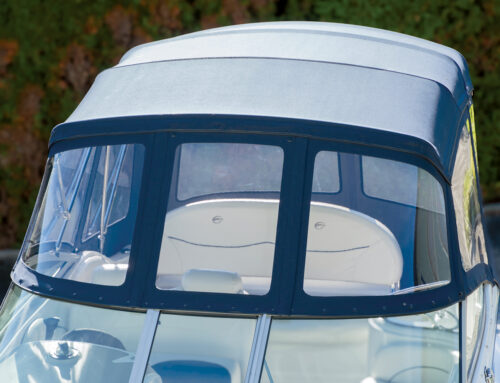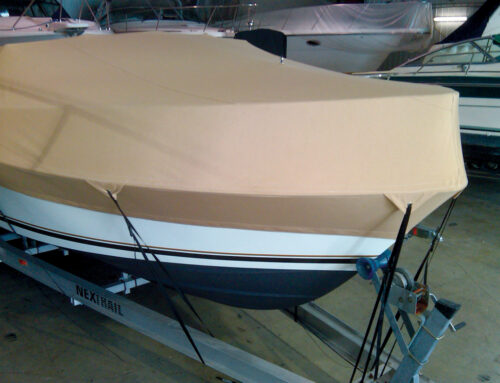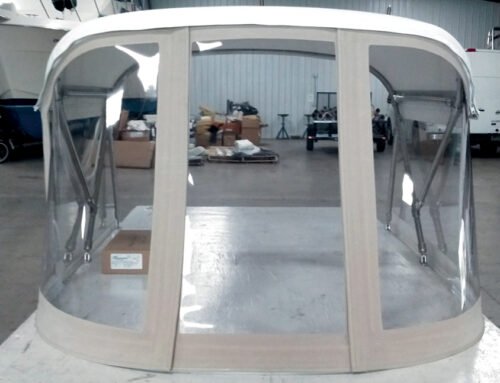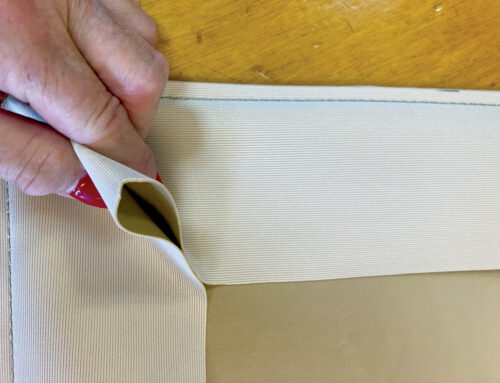Marine fabricators meet customers’ window wish lists
When making boat windows for customers, marine fabricators often have a specific set of requirements of their materials. “Our fabricators require a sheet that is easy to handle, durable and can be cut and sewn easily without fear of damaging the product,” says Lyle Shipley, product manager at O’Sullivan Films, Winchester, Va., for O’Sea and Regalite Press Polished. “They also seek a product “that offers variable features for thickness, hand, and dimensions.”
Additionally, O’Sea and Regalite representative Julie Tinsman has found that canvas shops prefer a product that is 100 percent American made, along with a supplier that responds quickly with products and services that meet their needs.
Boat owners, meanwhile, are requesting from their windows “long life in a heavy-UV, high-use environment, as well as ease of opening for access and/or ventilation,” says Chandler Clark of Signature CanvasMakers, Hampton, Va.
For its EZ2CY impact-modified acrylic enclosures, Canvas Designers Inc., Riviera Beach, Fla., now offers a Cessna vent that is flush-mounted into the enclosure glass itself. In the past, the fabricator was only able to put the vent in the fabric portion of the enclosure.
“The vent pops open, and you can turn it in the direction you want the air to flow,” explains Mickey Garrison, field supervisor and sales manager at Canvas Designers Inc., Riviera Bach, Fla. “And you can close it if you’re getting wet.”
In addition to maximizing airflow, boat owners “want everything to be as minimal fabric-wise as possible,” Garrison says. “Instead of doing the traditional three panels, we have been making giant curved panels where we wrap the entire console with no upright borders on it.”
Meeting customers’ demands takes a balance of innovation and ease-of-use. “You have to come up with easy ways to attach things, because people don’t like things that are hard to use and then won’t use them,” Garrison notes.
For instance, Canvas Designers often will hang a double rail on top so the panel the customer wants to slide will be on the inside rail. “All they have to do is unzip those couple of zippers and slide it up next to the outer panel, and we stick them together with tiny double suction cups,” Garrison explains.
 TEXTILES.ORG
TEXTILES.ORG 






